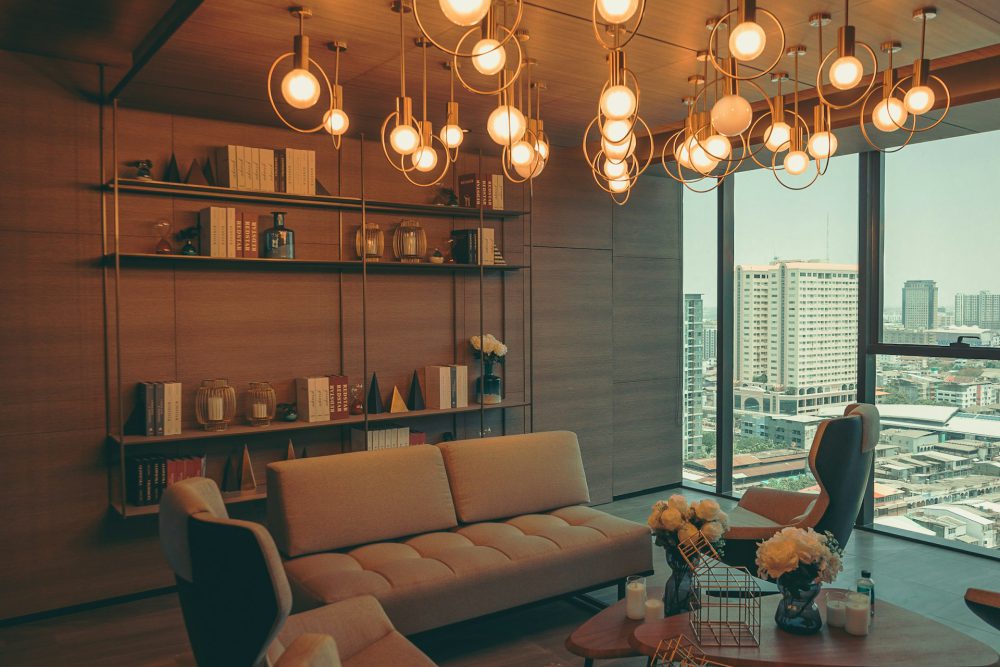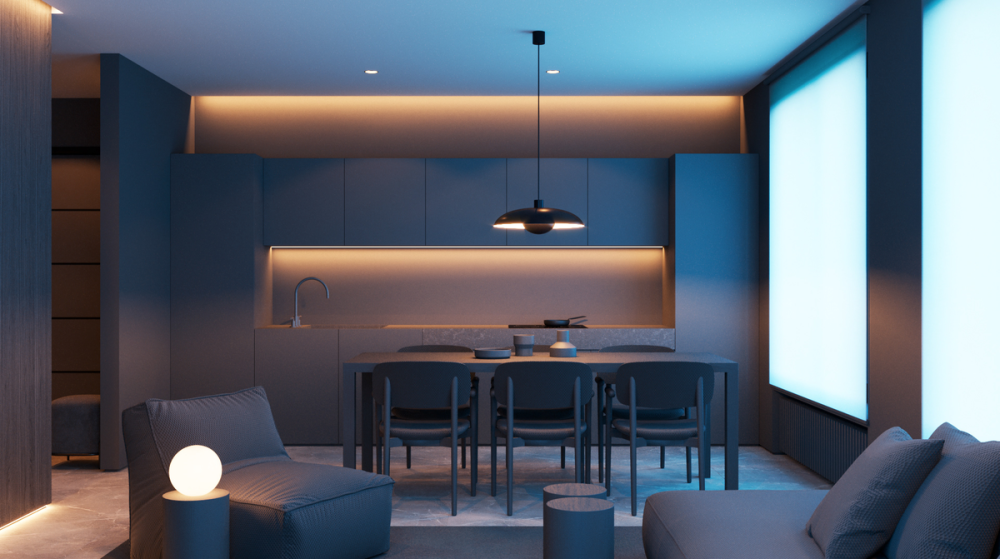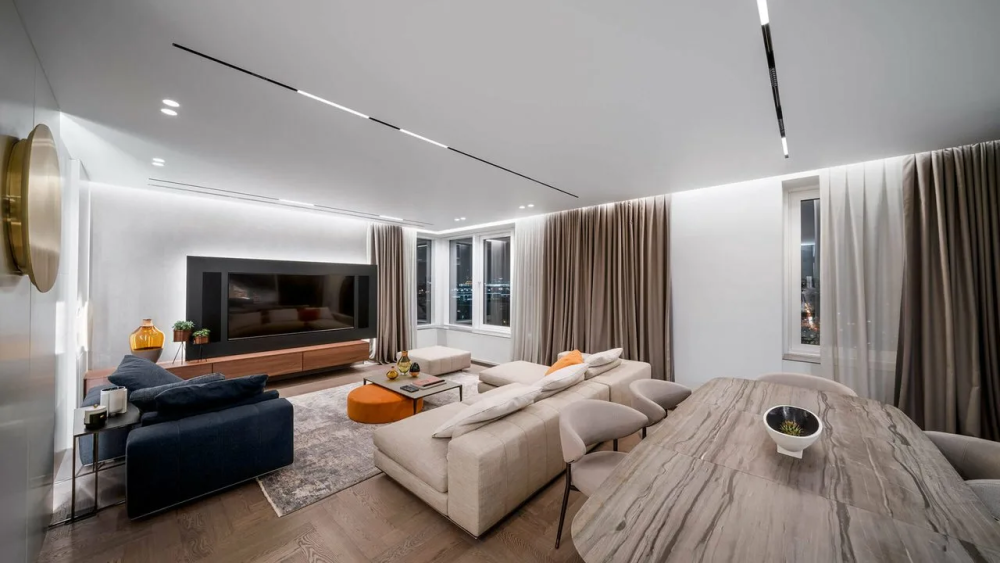
Lighting design plays a crucial role in shaping the ambiance, functionality, and aesthetics of any space. Whether it’s a home, office, or a high-end commercial environment, the right lighting choices can make all the difference. However, many people make critical mistakes that can negatively impact their interior design. To shed light on these common pitfalls, we spoke to a professional lighting designer who shared the top five mistakes to avoid. If you’re planning to revamp your space, especially in a city known for its elegant and innovative interiors, such as Studio Interior Design London, this guide is for you.
1. Overlooking Layered Lighting
One of the most common mistakes is relying on a single light source. Many homeowners and even designers assume that overhead lighting is enough to illuminate a room, but this often results in a flat and uninspiring atmosphere. A well-designed space should incorporate layered lighting, which consists of ambient, task, and accent lighting.
For example, in a contemporary setting inspired by Studio Interior Design London, using recessed lighting for general illumination, pendant lights for task lighting over kitchen counters, and wall sconces for ambient glow can create a visually appealing balance. Layered lighting not only enhances functionality but also adds depth and warmth to any room.

2. Choosing the Wrong Color Temperature
Lighting color temperature can drastically affect the mood of a room. Warm lighting (2700K-3000K) creates a cozy and inviting atmosphere, whereas cool lighting (4000K-5000K) is best suited for task-oriented spaces like offices or kitchens.
A common error is selecting lighting that is too harsh for residential settings or too warm for workspaces. Studio Interior Design London professionals often recommend a mix of lighting temperatures to enhance different areas of a home or commercial space. For instance, warm white lighting in a living room fosters relaxation, while neutral white lighting in a workspace promotes focus and productivity.
3. Ignoring Natural Light Integration
Failing to incorporate natural light into a lighting plan is a significant mistake. Many people over-rely on artificial lighting and neglect the way natural light interacts with their space throughout the day. This leads to unnecessary energy consumption and an unnatural feel in the environment.
A professional from Studio Interior Design London emphasizes the importance of harnessing natural light by using sheer curtains, reflective surfaces, and strategically placed mirrors to maximize daylight exposure. Additionally, dimmable artificial lighting can help transition seamlessly from day to night, providing optimal illumination at all times.
4. Poor Placement of Light Fixtures
Placing lights incorrectly can cause unwanted shadows, glare, or uneven illumination. For example, positioning recessed lights too close to walls can create unflattering shadows, while placing a pendant light too high or too low over a dining table can disrupt the room’s balance.
Experts from Studio Interior Design London suggest carefully planning the placement of fixtures to complement the room’s architecture and furniture layout. Key considerations include:
- Mounting sconces at eye level to avoid glare.
- Ensuring pendant lights are hung at the right height above tables and counters.
- Using wall washers or track lighting to highlight artwork or textured walls.
Correct placement not only improves functionality but also elevates the overall aesthetic of a space.

5. Neglecting Smart Lighting Solutions
In today’s tech-driven world, not incorporating smart lighting solutions is a missed opportunity. Smart lighting systems offer convenience, energy efficiency, and customization that traditional lighting setups cannot match.
A designer from Studio Interior Design London recommends investing in smart bulbs, dimmers, and automated lighting controls to enhance both comfort and efficiency. With features such as voice control, motion sensors, and app-based management, smart lighting allows users to adjust brightness, color temperature, and schedules effortlessly. This not only adds a modern touch but also helps reduce electricity costs in the long run.
Conclusion: Achieving the Perfect Lighting Design
Lighting design is an essential aspect of interior design that should never be overlooked. Avoiding these five common mistakes—neglecting layered lighting, choosing the wrong color temperature, ignoring natural light, misplacing fixtures, and skipping smart lighting—will significantly enhance any space.
For those seeking expert guidance, Studio Interior Design London offers some of the best insights and innovative solutions to create visually stunning and functional interiors. By carefully planning and implementing lighting strategies, you can transform any room into a beautifully lit haven that exudes both style and practicality.